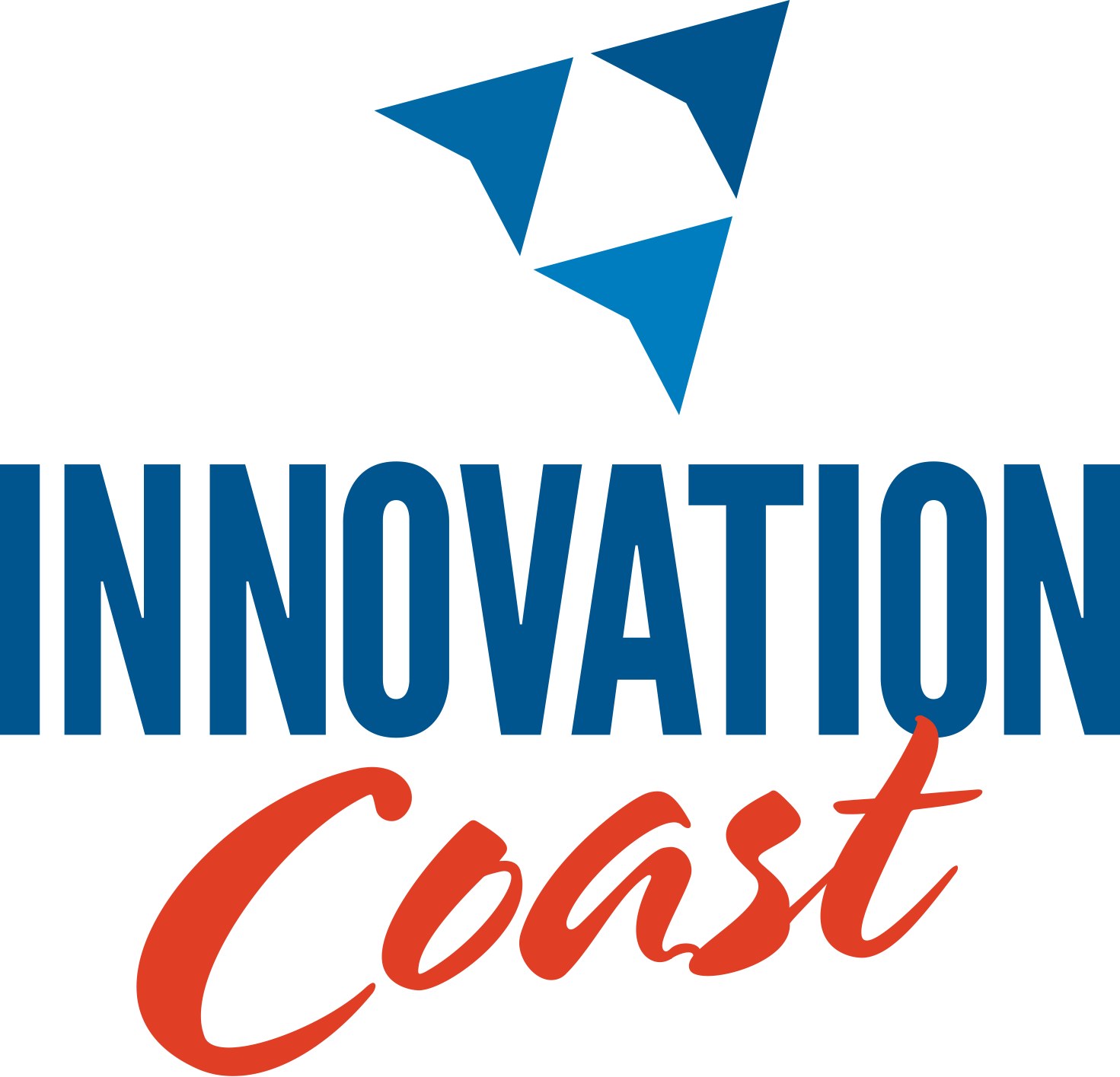Evening Lectures - Pensacola
Natalie Holt
THE TALK: Skeletal Muscle: From Molecular Motors to Animal Movement
May 23, 2018
Abstract
Skeletal muscle converts chemical energy from food into movement. It is the biological motor that translates signals from the nervous system into interactions with the environment. In contrast to many built systems, muscles use molecular scale motors. These motors are each capable of movements of just 0.00001mm. Yet working together, they can generate limb movements 10 million times larger. This amplification is made possible by the structural elements that package these molecular motors into what we recognize as muscle tissue. How muscles perform during movement is likely to be the result of the interaction between molecular motors and these structural elements. This interaction will depend on muscle activation level; structural elements are likely to have more effect when fewer motors are turned on. Animals vary activation level widely, enabling them to use muscle for everything from subtle facial expressions to powerful leaps. However, our current muscle models are based solely on the properties of the molecular motors. Understanding how the interaction between molecular motors and structural properties affects performance is a major challenge in muscle physiology, and essential to our ability to understand, predict and replicate animal movement.
Biography
Natalie’s research uses multi-scale physiological approaches to understand the role of muscle performance in locomotor morphology, behavior and pathology. She received her undergraduate degree from the University of Bristol and her PhD from the University of Leeds. Her PhD work focused on muscle mechanics and energetics, particularly the effect of the ways in which muscle and tendon are used during movement on metabolic energy consumption. She then moved on to post-doc positions at the Concord Field Station and UC Irvine where she became interested in role of the structural properties of muscle in determining performance under physiologically realistic and pathological conditions. She is currently an Assistant Professor at Northern Arizona University.
premier sponsors

lecture cohost


